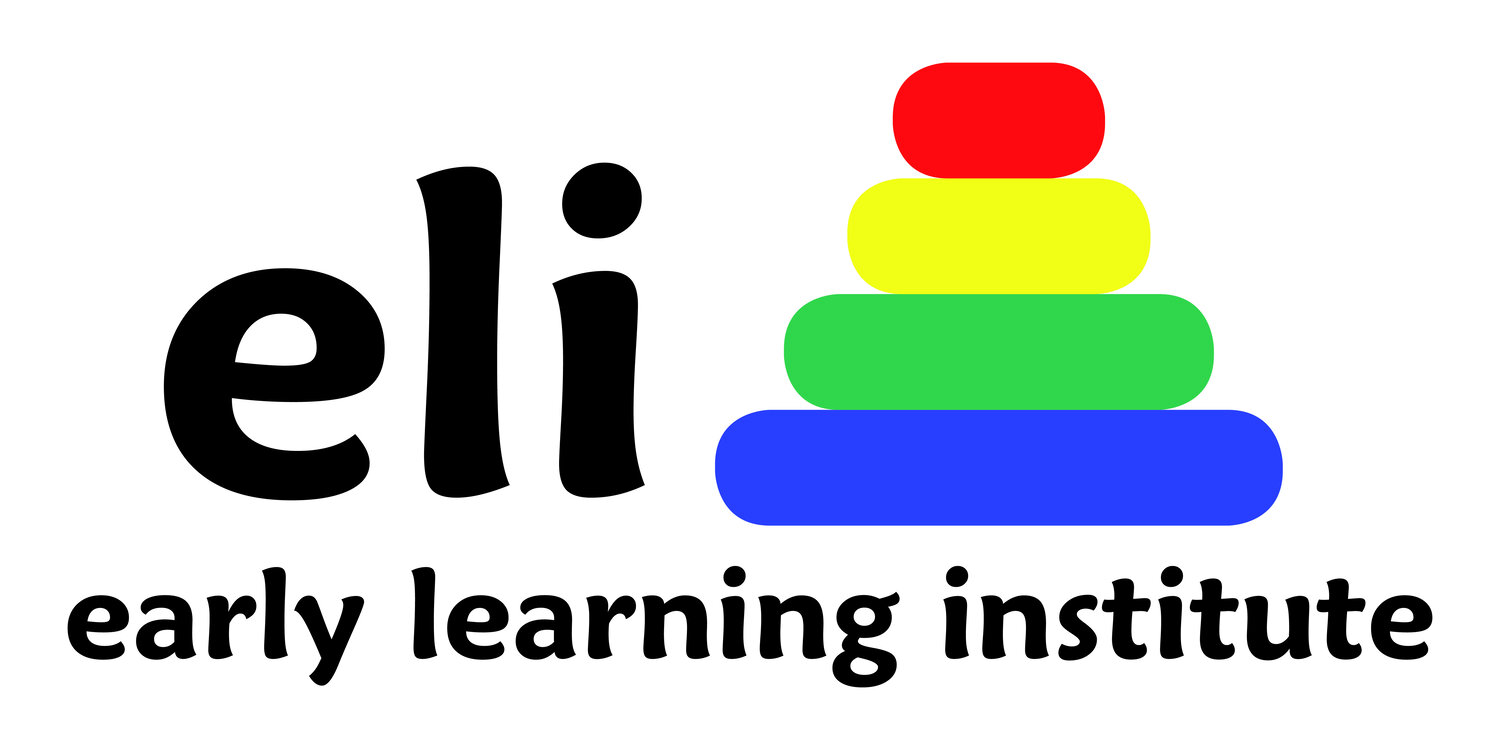Play Spaces
“COVID was keeping us at home. Now the fires are keeping us inside. I feel trapped with toddlers who are suddenly not interested in anything for more than 3 seconds. They just go from toy to toy, dumping throwing and fighting. Help!”
I recently received this call from a frustrated parent upon entering day 5 of poor air quality. Though not evacuated, this family was feeling frazzled and frayed, like many of us here in Sonoma County. Fire season is early and it arrives on top of months and months of trying to educate and entertain our young children at home. Routines, such as they were, are again up-ended.
While it may feel counter-intuitive, one of my suggestions for this parent was to put away most of the toys and create a clutter-free space for her children, as much as possible. Children can get overwhelmed with too many choices, and their sensory systems get overloaded. They can’t settle in, or settle down. And when you have more than one child, they can really begin to ramp each other up.
Professionals call this “sensory overload.” Sensory processing is how the brain recognizes, categorizes, and responds to incoming sensory input from the eight senses and the environment around us. All of us respond to this input in different ways and usually, we just tune out what we don’t need to pay attention to. It becomes “background.” However, when we are stressed, we have less capacity to tune things out or handle things that normally would not bother us (like two busy toddlers!) Have you ever been lost while driving? Most adults will turn down or turn off the car radio as they try to figure out where to go – a stress response to the noise.
Similar to turning off the radio, parents may want to consider removing things from a child’s environment that may be contributing to the sensory overload. Play rooms often have too many toys, too many books and too much furniture. As much as you can, think about how you can scale back at least one room, to provide a virtually empty, calming space. Consider adding soothing background music, soft blankets and a few familiar books.
While I think young children can and should participate in typical clean up routines, for your scale back project, I recommend waiting for nap time, or after bedtime, to completely remove toys or other items for your play area. Watching the removal of play items can be stressful and confusing for children. You should also leave favorite, sure to be missed, items. But not too many! Adults worry more about variety than children do. It won’t take long for their sensory systems will appreciate a clean, minimalist play area and less choices may also help them play longer and more creatively with the few items you do leave out.
Everyone needs a space these days that provides calm and comfort. You may find you benefit from a less cluttered play space as much as your child does.
We’d love to hear about your best organizing ideas for play spaces. Please share them on ELI’s Facebook page or at …..
We are still here and we can still help. Call us if you need us.
Michele Rogers, PhD

